
Enchanting Inner City of Budapest: Where History Meets Modern Charm
Explore the Inner City of Budapest: A captivating blend of historical landmarks, vibrant modern life, and rich cultural experiences in Hungary's heart.
Welcome to the Inner City of Budapest, a captivating blend of historical landmarks and vibrant modern life. As you stroll through its cobbled streets, you'll discover a rich tapestry of architectural marvels, from the awe-inspiring St. Stephen's Basilica to the majestic Hungarian Parliament Building. The Inner City is a place where the past and present coexist in perfect harmony. One of the highlights of the Inner City is Váci Street, a bustling pedestrian avenue lined with chic boutiques, delightful cafes, and traditional Hungarian restaurants. Here, you can indulge in local delicacies like goulash and chimney cake while soaking in the lively atmosphere. Don't miss the chance to explore the Great Market Hall, a stunning neo-Gothic building where you can find fresh produce, artisanal goods, and souvenirs. For a touch of culture, visit the Hungarian National Museum, which offers a fascinating journey through Hungary's history. Art enthusiasts will appreciate the contemporary exhibits at the Ludwig Museum and the classical collections at the Museum of Fine Arts. As night falls, the Inner City transforms into a vibrant nightlife hub, with a plethora of bars, clubs, and live music venues to choose from. Whether you're a history buff, a foodie, or a culture seeker, the Inner City of Budapest promises an unforgettable experience. With its unique blend of old-world charm and modern amenities, this neighbourhood is the perfect destination for any traveler.
Local tips in Inner City
- Visit early in the morning to avoid crowds at popular attractions like St. Stephen's Basilica and the Great Market Hall.
- Wear comfortable shoes, as the cobbled streets can be tough on your feet.
- Try traditional Hungarian dishes at local restaurants for an authentic culinary experience.
- Carry cash, as some smaller shops and eateries might not accept credit cards.
- Take a guided walking tour to learn about the rich history and hidden gems of the Inner City.
Enchanting Inner City of Budapest: Where History Meets Modern Charm
Welcome to the Inner City of Budapest, a captivating blend of historical landmarks and vibrant modern life. As you stroll through its cobbled streets, you'll discover a rich tapestry of architectural marvels, from the awe-inspiring St. Stephen's Basilica to the majestic Hungarian Parliament Building. The Inner City is a place where the past and present coexist in perfect harmony. One of the highlights of the Inner City is Váci Street, a bustling pedestrian avenue lined with chic boutiques, delightful cafes, and traditional Hungarian restaurants. Here, you can indulge in local delicacies like goulash and chimney cake while soaking in the lively atmosphere. Don't miss the chance to explore the Great Market Hall, a stunning neo-Gothic building where you can find fresh produce, artisanal goods, and souvenirs. For a touch of culture, visit the Hungarian National Museum, which offers a fascinating journey through Hungary's history. Art enthusiasts will appreciate the contemporary exhibits at the Ludwig Museum and the classical collections at the Museum of Fine Arts. As night falls, the Inner City transforms into a vibrant nightlife hub, with a plethora of bars, clubs, and live music venues to choose from. Whether you're a history buff, a foodie, or a culture seeker, the Inner City of Budapest promises an unforgettable experience. With its unique blend of old-world charm and modern amenities, this neighbourhood is the perfect destination for any traveler.
Iconic landmarks you can’t miss
Fisherman's Bastion
Experience the enchanting beauty of Fisherman's Bastion, a stunning fortress offering breathtaking views and a glimpse into Budapest's rich history.
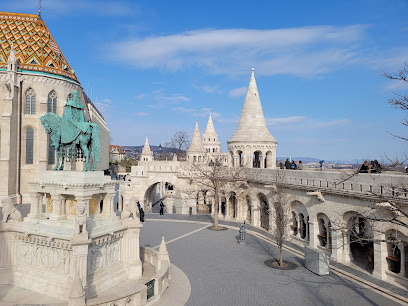
Central Market Hall
Discover the flavors and vibrant culture of Budapest at the Central Market Hall, a must-visit destination for every traveler.

Heroes' Square
Discover the grandeur of Heroes' Square in Budapest, a UNESCO World Heritage site celebrating Hungary's rich history and culture through stunning architecture and monuments.
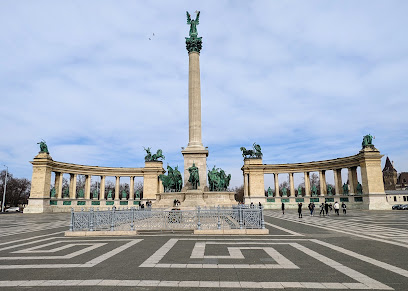
City Park
Explore the lush landscapes and historical treasures of City Park, a vibrant oasis in the heart of Budapest, perfect for relaxation and cultural exploration.
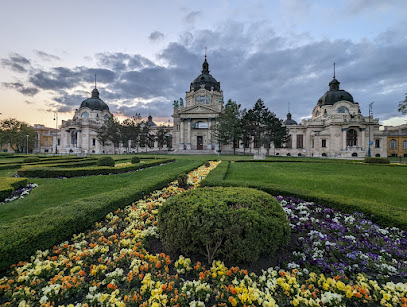
St. Stephen's Basilica
Discover the grandeur of St. Stephen's Basilica, a stunning architectural landmark in Budapest, showcasing history, beauty, and breathtaking views.
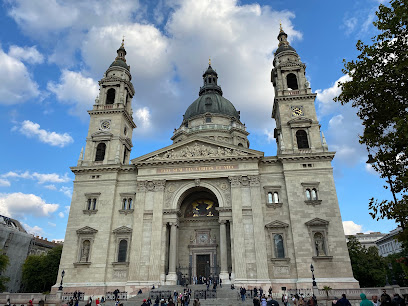
Széchenyi Chain Bridge
Discover the breathtaking Széchenyi Chain Bridge in Budapest, a stunning architectural marvel and symbol of the city's rich history.
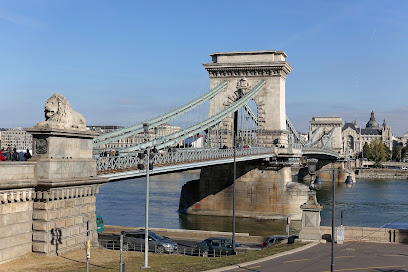
Buda Castle
Explore Buda Castle, Budapest's iconic historical fortress offering stunning architecture, panoramic views, and rich cultural experiences.
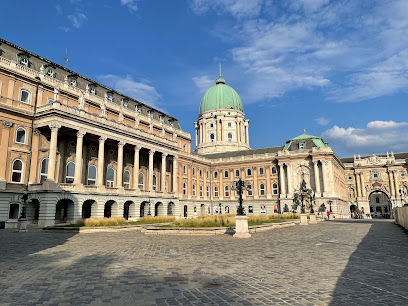
Gellért Hill
Discover the breathtaking views and rich history at Gellért Hill, Budapest's iconic nature preserve and tourist attraction.
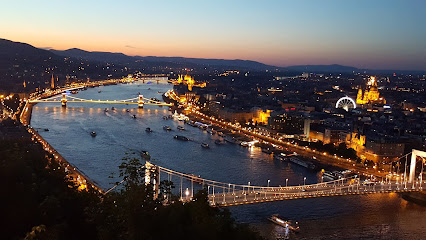
Matthias Church
Discover the stunning Gothic beauty of Matthias Church, a historic landmark in Budapest, rich in culture and architectural splendor.

Hungarian Parliament Building
Explore the stunning neo-Gothic architecture and rich history of the Hungarian Parliament Building, a must-see jewel along the Danube River in Budapest.

Vajdahunyad Castle
Explore the breathtaking Vajdahunyad Castle, a historical masterpiece in Budapest's City Park showcasing Hungary's architectural diversity and rich agricultural heritage.
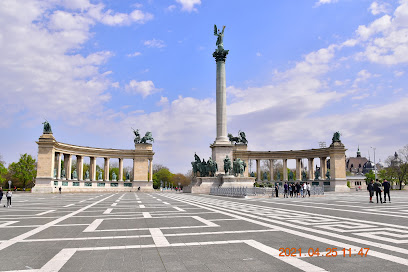
Liberty Square
Explore Liberty Square, a historic park in Budapest, featuring significant monuments and a serene atmosphere in the heart of the city.

Erzsébet Bridge
Discover the Erzsébet Bridge, a stunning architectural marvel connecting Buda and Pest, offering breathtaking views and vibrant experiences in Budapest.
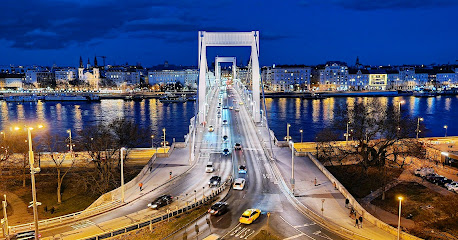
Károlyi Garden
Discover the serene beauty of Károlyi Garden, Budapest's tranquil oasis, perfect for relaxation and a break from the city's hustle.
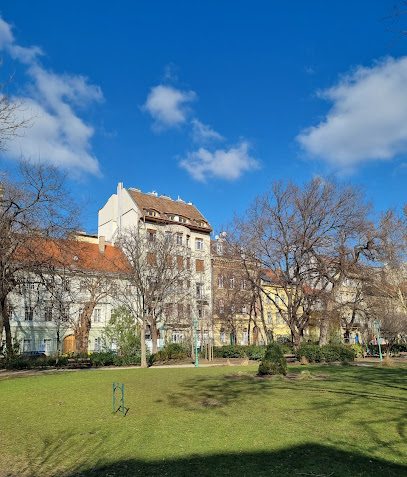
Millennium Monument
Explore the Millennium Monument, a historical landmark in Budapest's Heroes' Square, celebrating Hungary's rich culture and heritage.
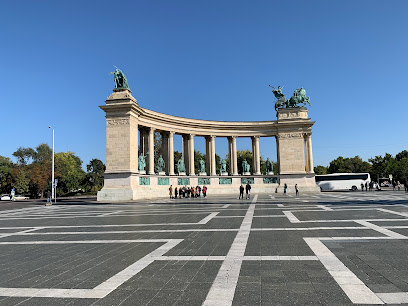
Unmissable attractions to see
Heroes' Square
Discover the grandeur of Heroes' Square in Budapest, a historic plaza adorned with monumental statues and rich cultural significance.
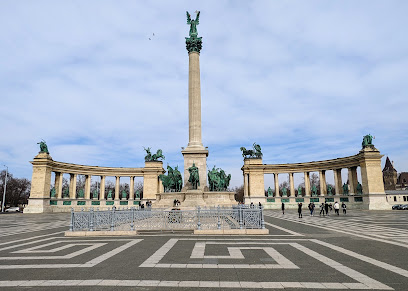
St. Stephen's Basilica
Discover the grandeur of St. Stephen's Basilica, a neoclassical gem in Budapest, featuring stunning architecture and breathtaking city views.
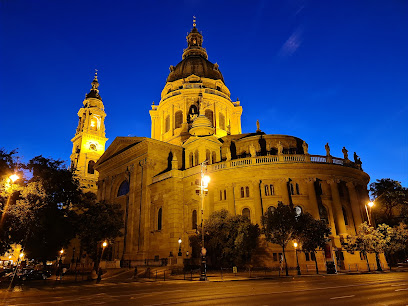
Széchenyi Chain Bridge
Discover the breathtaking Széchenyi Chain Bridge, an architectural marvel and symbol of Budapest, connecting the historic Buda and Pest sides.
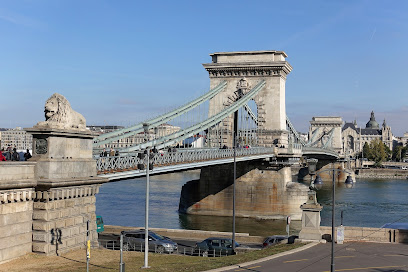
Buda Castle
Discover the rich history and breathtaking views at Buda Castle, a UNESCO World Heritage Site in the heart of Budapest.
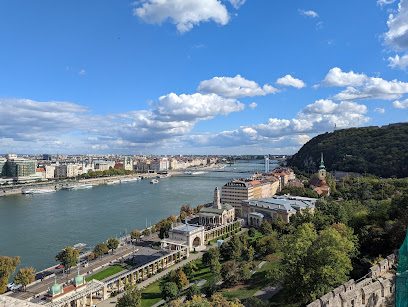
House of Terror
Explore the haunting history of Hungary at the House of Terror, a museum dedicated to the victims of totalitarianism in Budapest.
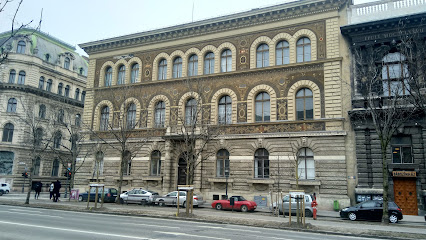
Vörösmarty tér
Explore the vibrant Vörösmarty Tér in Budapest, a cultural hub known for its historic charm, bustling markets, and stunning architecture.
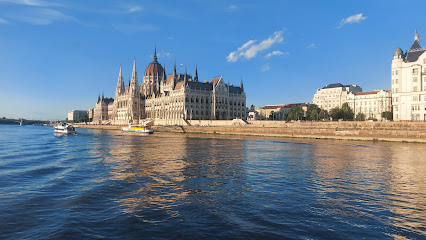
Hungarian National Museum
Explore Hungary's rich heritage at the Hungarian National Museum in Budapest, showcasing art, history, and culture through captivating exhibits.

Little Princess Statue
Discover the charm of Budapest with the enchanting Little Princess Statue, a whimsical tribute along the Danube River, perfect for memorable photos.

Essential places to dine
Mazel Tov
Experience a unique blend of Mediterranean flavors and vibrant ambiance at Mazel Tov in Budapest's District VII.
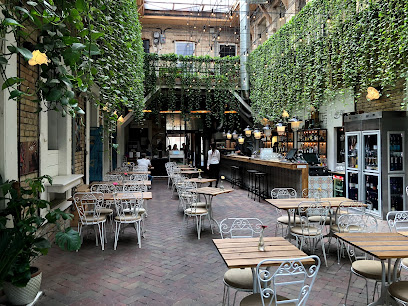
Hungarikum Bisztró
Discover authentic Hungarian flavors at Hungarikum Bisztró in Budapest, where tradition meets modern dining in an inviting atmosphere.
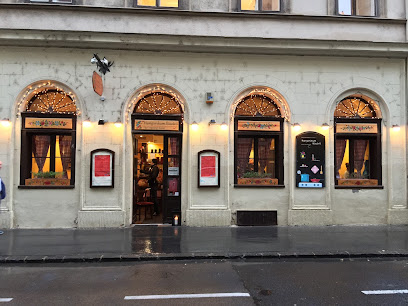
Parisi 6
Discover the essence of Hungarian cuisine at Parisi 6 in Budapest – a must-visit destination for food lovers seeking authentic flavors.
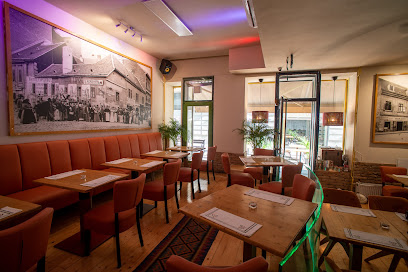
Dobrumba
Discover Dobrumba: A Culinary Oasis in Budapest Offering Exquisite Middle Eastern and Mediterranean Flavors.
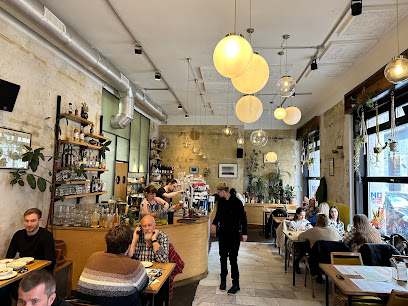
La Lucia Restaurant
Experience authentic Hungarian cuisine in the heart of Budapest at La Lucia Restaurant – a perfect blend of tradition and taste.
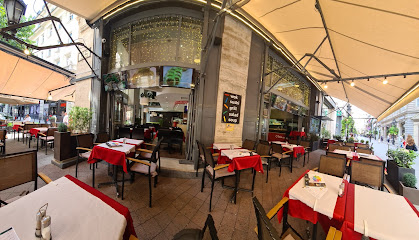
Rustico
Savor the authentic taste of Hungary at Rustico, where traditional recipes meet modern culinary artistry in the heart of Budapest.
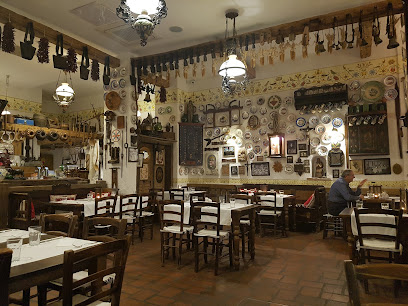
Monk's Bistrot
Discover Monk's Bistrot in Budapest: where modern culinary artistry meets traditional Hungarian flavors in an elegant setting.
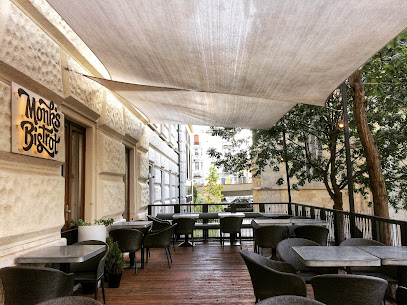
Pilvax Kávéház és Étterem
Experience authentic Hungarian flavors at Pilvax Kávéház és Étterem in Budapest's vibrant District V.
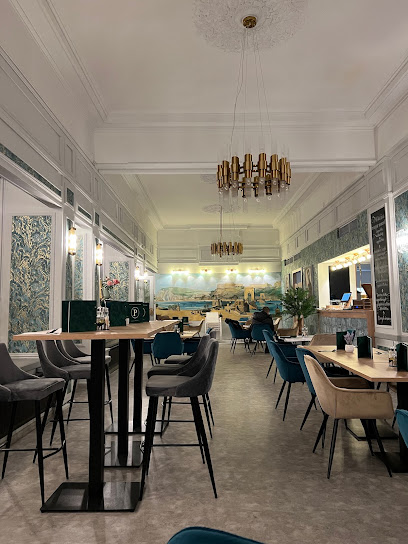
Verne Restaurant & Cafe
Experience authentic Hungarian flavors at Verne Restaurant & Cafe – where tradition meets comfort in the heart of Budapest.
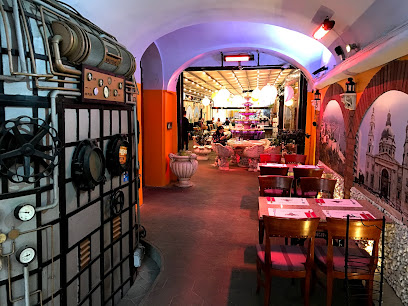
Babel Budapest
Experience fine dining at Babel Budapest - where traditional Hungarian flavors meet modern culinary innovation.

Markets, malls and hidden boutiques
Central Market Hall
Explore Central Market Hall in Budapest, a vibrant market offering fresh produce, local delicacies, and a taste of Hungarian culture.
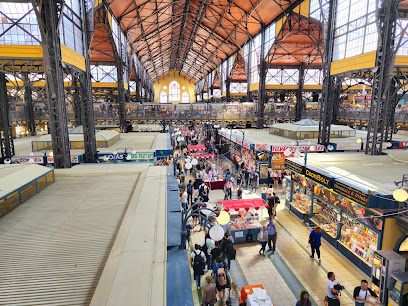
Westend
Explore Westend, Budapest's premier shopping mall, featuring over 400 stores, diverse dining options, and entertainment for the whole family.
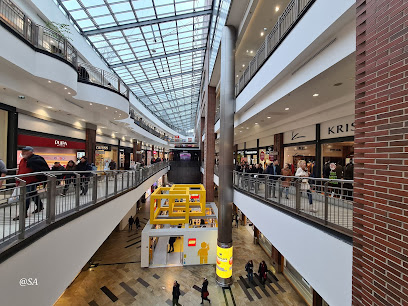
The Biggest Souvenir Shop-Market in Budapest
Explore Budapest's Biggest Souvenir Shop-Market for unique gifts, local delicacies, and a vibrant shopping experience that captures the essence of Hungary.
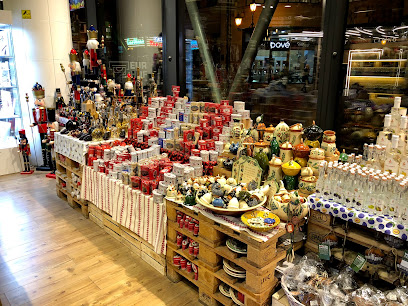
Szputnyik shop D20
Explore Szputnyik Shop D20 for unique vintage treasures, stylish clothing, and handcrafted jewelry in the heart of Budapest.
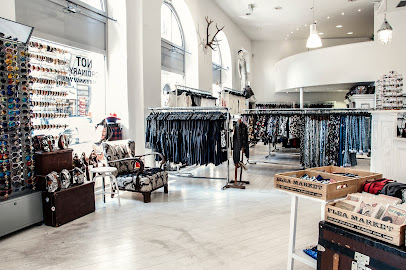
Retrock Designer Vintage Store
Discover a treasure trove of unique vintage clothing and accessories at Retrock Designer Vintage Store in Budapest.
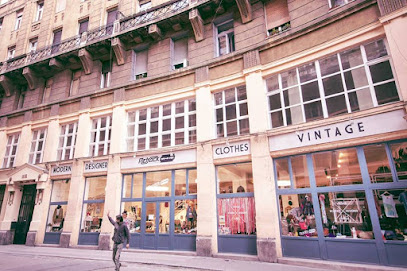
Market1 Hungarian Souvenir and Gift Shop
Discover authentic Hungarian souvenirs at Market1, Budapest's premier gift shop for unique treasures and local artistry.
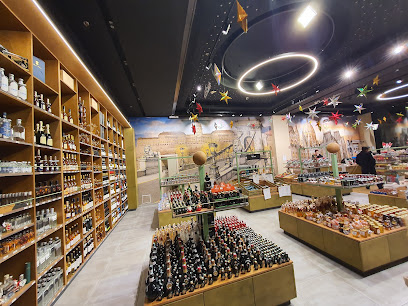
WORLD OF SOUVENIR
Shop at World of Souvenir in Budapest for unique gifts that capture the spirit of Hungary, from handcrafted treasures to local memorabilia.
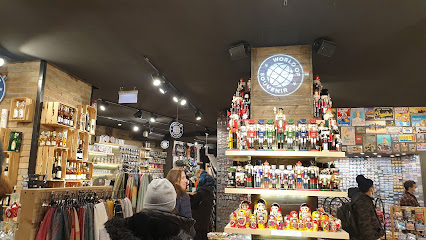
Impact Shop Budapest: local, social, natural gourmet, design, fashion & gifts
Explore Impact Shop Budapest for a diverse selection of local gourmet foods, artisan gifts, and unique fashion pieces that capture the essence of Hungary.
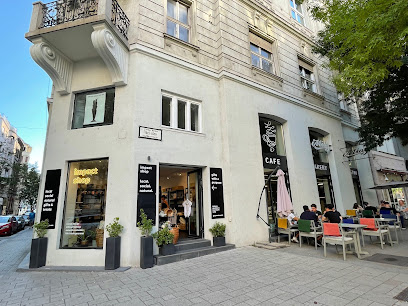
BUDAPEST SOUVENIR SHOP
Discover unique Hungarian treasures at the Budapest Souvenir Shop, where every purchase tells a story of culture and tradition.
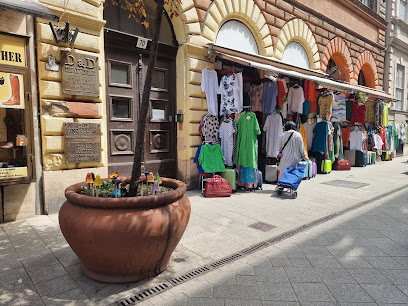
Smile Souvenir Shop Budapest
Explore the charm of Budapest through unique souvenirs at Smile Souvenir Shop, where craftsmanship meets cultural heritage.
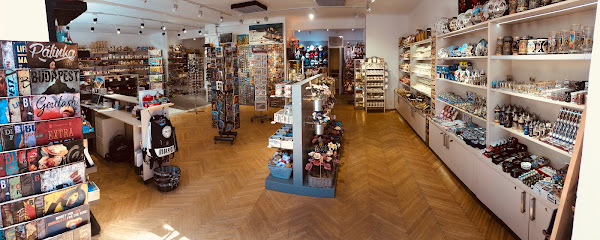
Essential bars & hidden hideouts
Szimpla Kert
Experience the vibrant atmosphere and unique cultural blend at Szimpla Kert, Budapest's iconic ruin pub and cultural hotspot.

For Sale Pub
Experience the vibrant ambiance and authentic Hungarian flavors at For Sale Pub, a must-visit for tourists in Budapest.
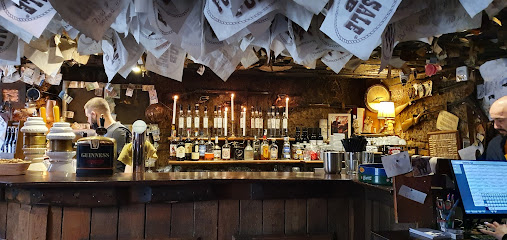
Ruin Bars Budapest
Explore the eclectic Ruin Bars of Budapest, unique venues where vintage charm meets vibrant nightlife in Hungary's capital.
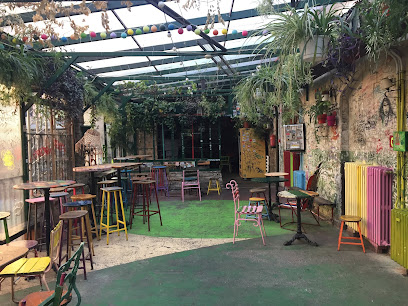
Why not cafe and bar
Discover Why Not Café and Bar in Budapest, where vibrant nightlife meets delightful dining along the beautiful Danube River.
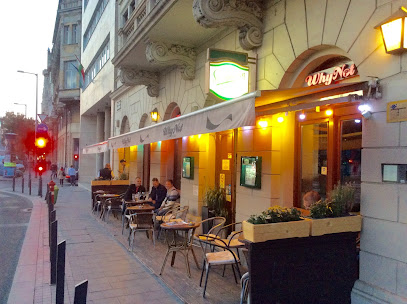
High Note SkyBar
Experience breathtaking views and exquisite cocktails at High Note SkyBar, Budapest's premier rooftop destination for nightlife and relaxation.
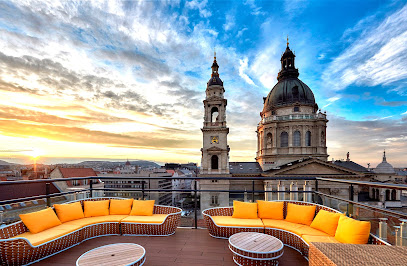
GoodSpirit Whisky & Cocktail Bar
Discover the artistry of cocktails and an extensive whisky selection at GoodSpirit Whisky & Cocktail Bar in Budapest's vibrant District V.
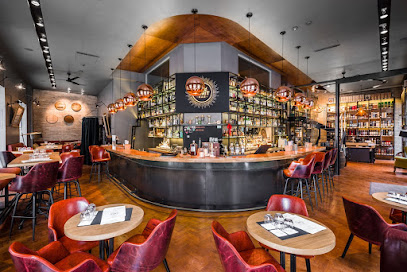
Leo Rooftop Budapest
Experience Budapest's breathtaking skyline with exquisite cocktails and modern European cuisine at Leo Rooftop, the city's premier cocktail bar.
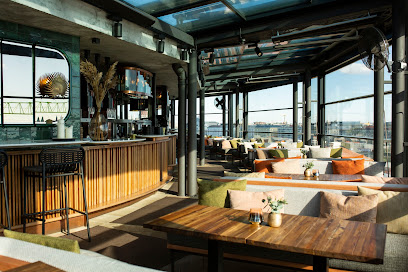
Hotsy Totsy Budapest
Discover Hotsy Totsy, Budapest's chic cocktail bar where innovative mixology meets a vibrant nightlife atmosphere for an unforgettable evening.
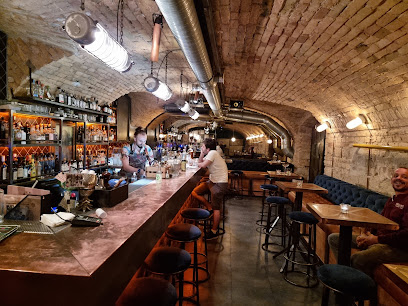
St. Andrea Wine & Skybar
Experience breathtaking views and exquisite flavors at St. Andrea Wine & Skybar, Budapest's premier rooftop cocktail bar and wine destination.

SEVEN Cocktail Bar
Discover the vibrant nightlife at SEVEN Cocktail Bar in Budapest, where expertly crafted cocktails meet an inviting atmosphere.
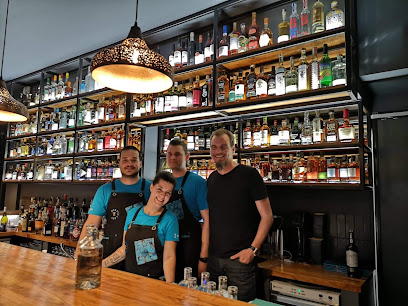
Local Phrases
-
- HelloSzia
[see-ah] - GoodbyeViszlát
[vee-slaht] - YesIgen
[ee-gen] - NoNem
[nem] - Please/You're welcomeKérlek
[kair-lek] - Thank youKöszönöm
[kur-suh-nuhm] - Excuse me/SorryElnézést
[el-nay-zasht] - How are you?Hogy vagy?
[hoj vahd] - Fine. And you?Jól vagyok. És te?
[yol vah-yok. ays teh] - Do you speak English?Beszélsz angolul?
[bes-ales ahn-goh-lool] - I don't understandNem értem
[nem air-tem]
- HelloSzia
-
- I'd like to see the menu, pleaseSzeretnék látni az étlapot, kérem
[ser-et-nayk laht-nee ahz ate-lah-pot, keh-rem] - I don't eat meatNem eszem húst
[nem es-em hoost] - Cheers!Egészségedre!
[ay-gesh-se-ged-reh] - I would like to pay, pleaseSzeretnék fizetni, kérem
[ser-et-nayk fih-zeht-nee, keh-rem]
- I'd like to see the menu, pleaseSzeretnék látni az étlapot, kérem
-
- Help!Segítség!
[she-geet-sayg] - Go away!Menj el!
[men yel] - Call the Police!Hívj rendőrt!
[heev rehn-durt] - Call a doctor!Hívj orvost!
[heev or-vosht] - I'm lostElvesztem
[el-veh-stem] - I'm illBeteg vagyok
[beh-teg vah-yok]
- Help!Segítség!
-
- I'd like to buy...Szeretnék vásárolni...
[ser-et-nayk vah-sha-rohl-nee] - I'm just lookingCsak nézelődöm
[chak nay-zeh-loh-dohm] - How much is it?Mennyibe kerül?
[men-nyee-beh keh-rool] - That's too expensiveTúl drága
[tool drah-gah] - Can you lower the price?Le tudnád engedni az árat?
[leh tud-nahd eng-ed-nee ahz ah-raht]
- I'd like to buy...Szeretnék vásárolni...
-
- What time is it?Mennyi az idő?
[men-nyee ahz ee-doh] - It's one o'clockEgy óra van
[edj oh-rah vahn] - Half past (10)Fél tizenegy
[fehl tee-zen-edge] - MorningReggel
[reh-ggel] - AfternoonDélután
[dehl-oo-tahn] - EveningEste
[eh-shteh] - YesterdayTegnap
[teg-nahp] - TodayMa
[mah] - TomorrowHolnap
[hol-nahp] - 1Egy
[edj] - 2Kettő
[ket-toh] - 3Három
[hah-rom] - 4Négy
[naydg] - 5Öt
[oht] - 6Hat
[haht] - 7Hét
[hayt] - 8Nyolc
[nyolts] - 9Kilenc
[keel-ents] - 10Tíz
[teaz]
- What time is it?Mennyi az idő?
-
- Where's a/the...?Hol van a...?
[hol vahn ah] - What's the address?Mi a cím?
[mee ah cheem] - Can you show me (on the map)?Meg tudnád mutatni (a térképen)?
[meg tud-nahd moo-taht-nee ah tair-kay-pen] - When's the next (bus)?Mikor jön a következő (busz)?
[mee-kor yern ah kuh-vet-keh-zoh bus] - A ticket (to ....)Egy jegyet (....-ra)
[edj yeh-geh-et rah]
- Where's a/the...?Hol van a...?
History of Inner City
-
The history of Inner City Budapest can be traced back to the Roman Empire when the settlement of Aquincum was established around the 1st century AD. Aquincum served as the capital of the Roman province of Pannonia and was a hub of military and civilian life. Ruins of Roman baths, an amphitheater, and various residential buildings can still be seen in modern-day Óbuda, showcasing the area's significance during antiquity.
-
By the Middle Ages, the area that now constitutes Inner City Budapest began to flourish. Buda emerged as a royal seat and Pest developed as a vibrant market town. The merging of these two settlements in the late 19th century paved the way for the establishment of Budapest as a unified city in 1873, marking a significant turning point in its history.
-
In the 16th century, the Ottoman Empire captured Buda, leading to significant cultural and architectural changes in Inner City Budapest. The Ottomans constructed mosques, baths, and bridges, many of which have left an indelible mark on the city’s landscape. This period introduced new cultural influences that intermingled with the existing Christian traditions, creating a unique blend of Eastern and Western elements.
-
The late 19th century brought about a surge of development in Inner City Budapest due to the industrial boom and the formation of the Austro-Hungarian Empire. Iconic buildings such as the Hungarian State Opera House and the Parliament were constructed during this time, reflecting the ambitious architectural styles of the period. The establishment of the Budapest Metro in 1896 further enhanced urban mobility and connectivity.
-
During World War II, Inner City Budapest suffered extensive damage from bombings and military actions. The city became a site of fierce battles, notably the Siege of Budapest in 1944-1945. Post-war reconstruction efforts focused on restoring the architectural heritage and revitalizing the economy, leading to significant changes in the urban landscape and demographic shifts within the neighbourhood.
-
Under communist rule from 1949 to 1989, Inner City Budapest experienced both neglect and development. While some historic buildings were preserved, many were repurposed for state use or left unattended. Cultural institutions flourished, and Budapest became known for its vibrant arts scene, as artists and intellectuals navigated the restrictions of the regime. The fall of communism marked a renaissance for the city, with a renewed focus on cultural heritage and tourism.
Inner City Essentials
-
Inner City Budapest is easily accessible from other neighborhoods via the city's extensive public transport network. The M2 (red) and M3 (blue) metro lines connect various parts of the city to Inner City. Tram lines 2 and 47/49 also serve this area. If you are coming from the airport, the 100E bus service directly links Ferenc Liszt International Airport to Deák Ferenc tér, a central hub in Inner City.
-
Inner City is well-equipped for public transport, including metro, trams, and buses. The metro system is efficient and easy to navigate, with frequent services. Biking is also popular, with numerous bike rental stations available. Walking is a great way to explore the area, as many attractions are within close proximity.
-
Inner City is generally safe for tourists; however, visitors should remain vigilant, especially in crowded areas like markets and public transport. Certain areas, particularly near the Western Railway Station and some parts of District VIII, may have higher crime rates, including petty theft. It’s advisable to avoid these areas at night.
-
In case of an emergency, dial 112 for police, fire, or medical assistance in Hungary. The nearest hospital is located at Semmelweis University, which provides emergency services. Travelers should ensure they have travel insurance that covers emergencies and carry a list of important contacts.
-
Fashion: Do wear comfortable shoes suitable for walking. Don't wear overly revealing clothes, especially in religious sites. Religion: Do respect local customs; cover your shoulders and knees in churches. Don't take photos in places where it's prohibited. Public Transport: Do validate your ticket before boarding. Don't occupy priority seats if you're not in need. Greetings: Do greet with a friendly 'Jó napot!' (Good day!). Don't be overly informal unless invited. Eating & Drinking: Do try traditional Hungarian dishes like goulash. Don't eat while walking in the streets, as it's generally frowned upon.
-
To experience Inner City like a local, visit the Great Market Hall for fresh produce and local delicacies. Try to learn a few basic Hungarian phrases, as locals appreciate the effort. Explore lesser-known streets to find unique cafes and shops away from the tourist crowds. If you have time, enjoy a thermal bath at one of the historic spas, such as Gellért or Széchenyi.
Nearby Cities to Inner City
-
Things To Do in Vac
-
Things To Do in Tatabanya
-
Things To Do in Szekesfehervar
-
Things To Do in Kecskemet
-
Things To Do in Salgotarjan
-
Things To Do in Veszprem
-
Things To Do in Gyor
-
Things To Do in Eger
-
Things To Do in Banská Bystrica
-
Things To Do in Miskolc
-
Things To Do in Trnava
-
Things To Do in Keszthely
-
Things To Do in Szeged
-
Things To Do in Subotica
-
Things To Do in Bratislava











